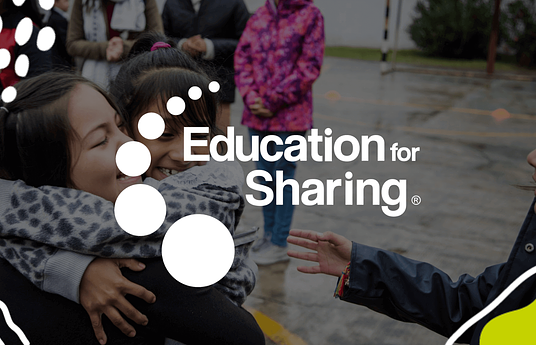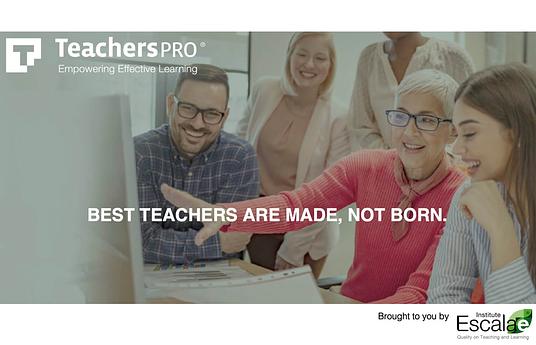Learning environments in public schools are oftentimes characterised by outdated and decrypt infrastructure. Public school systems have seen little to no development since the 19th-century. Students still learn through instructional models that promote rote learning and trained teachers are seldom able to change these traditional methods that the outdated classrooms foster.
We set out with the goal to create innovative classrooms that can enhance problem-solving, communication, and collaboration- the skills demanded of today’s students. The 3 main elements in the design are - setting (lighting, ventilation, and color), space (flexible furniture and layout), and support (television, pin-boards, whiteboards, chalkboards). Through a participatory design thinking process involving students and teachers, we redesigned the learning environment to reflect modern teaching and learning. From the color of the walls that influences mood to the furniture and learning aids promoting collaborative learning, every design decision is centred in the student experience to foster creativity, collaboration and active learning. Teachers have reported feeling more motivated to use their classroom flexibly in implementing different instructional strategies and in students, attendance has improved and teachers have reported a spike in student participation and collaboration.
We have transformed 4 classrooms in Bengaluru city as part of the pilot intervention to test and iterate our process and the designs. With the positive feedback and impact, we have geared ourselves to take this design to more government schools and affordable private schools in Bengaluru, Chennai and Pune. In the future, we intend to open-source all our designs to make classroom transformation possible anywhere in the country with the hope to transform 10 schools every year.
Our designs are open-sourced and by submitting a request on our website, we will be able to send you a handbook to initiate a participatory design process and begin reimagining and transform learning environments.



